Darkness Visible
In which Norm celebrates the resurrection of Bruce Robinson's serial-killer procedural JENNIFER EIGHT. But first, a fun fact!
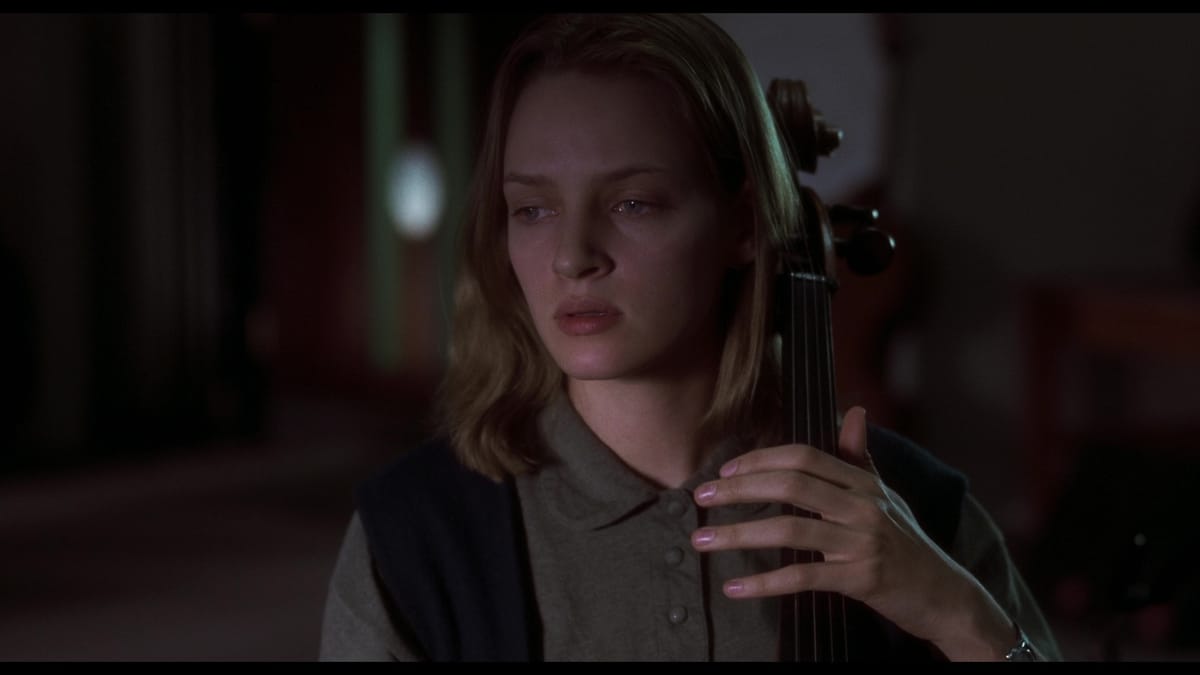
Earlier this week, during the Q&A after the Canada’s Top Ten screening of Seven Veils, Atom Egoyan told me he turned down the chance to direct Seven.
This would have been in the months after Exotica opened at Cannes and he got his Los Angeles agent, which resulted in a flood of scripts being thrown at the filmmaker of the moment; I’m sure every director has similar stories of their first trip to Hollywood. David Cronenberg had been famously offered Flashdance and Top Gun a decade earlier, and honestly Seven coming through Atom’s transom makes a lot more sense.
It would have been a very different film, of course – he said the ending was a lot softer in the draft he read – but it would have been something, right? A serial-killer thriller directed by an art-house darling.
Which brings me to Bruce Robinson’s Jennifer Eight, a film that is exactly that: A chilly post-Silence of the Lambs procedural from the guy who made Withnail and I and How to Get Ahead in Advertising.
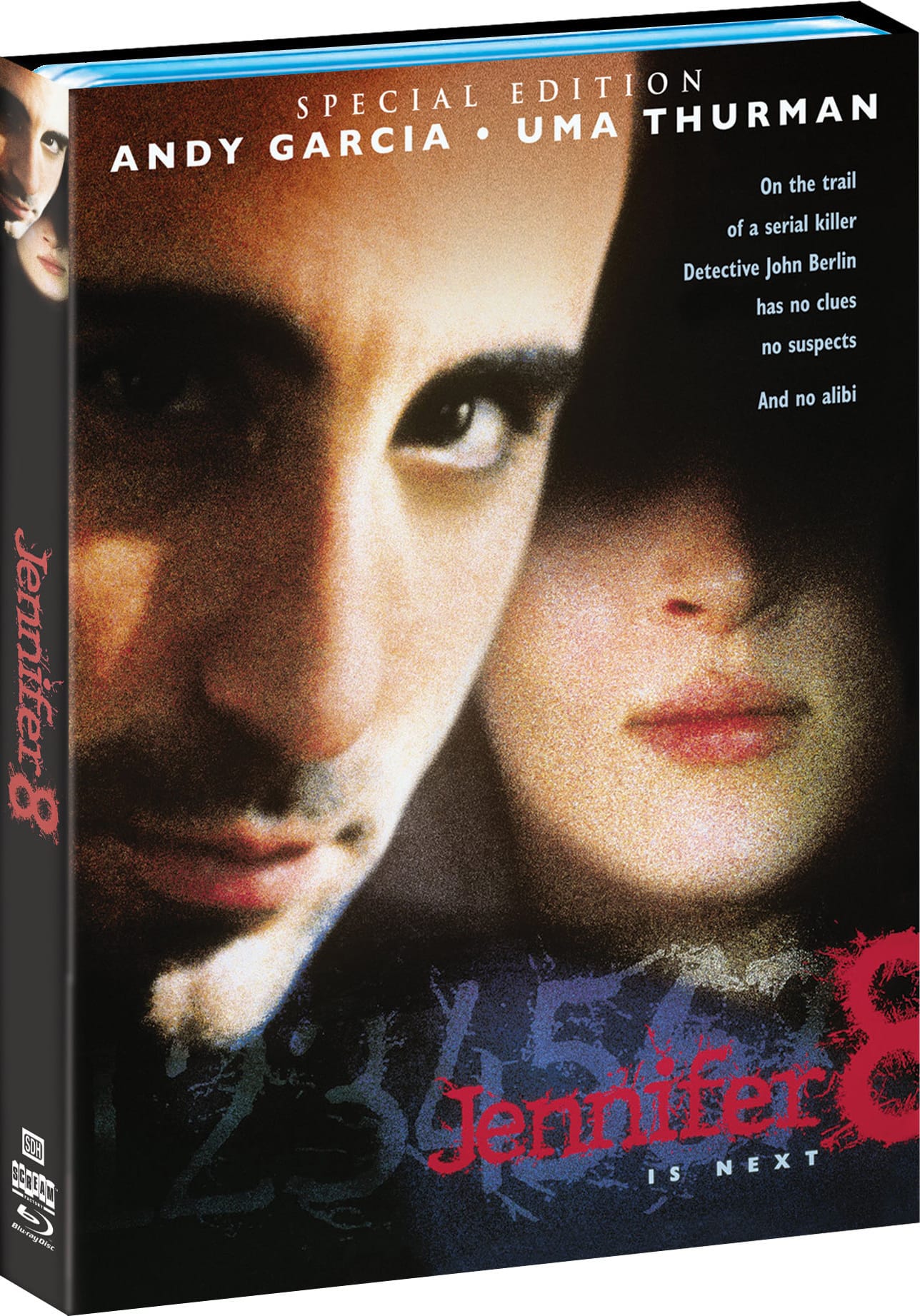
Andy Garcia stars as burnout detective John Berlin, newly relocated to the small northern California town of Eureka; the discovery of a severed hand in a garbage dump leads Berlin to conclude he’s discovered a heretofore undetected murderer who exclusively stalks and kills young blind women. Lance Henriksen plays Berlin’s old friend and current partner Freddy, who loves the guy but can only be so supportive of what looks like pure delusion, and Uma Thurman is Helena, the winsome music teacher they interview in the course of Berlin’s investigation ... inadvertently making her a target.
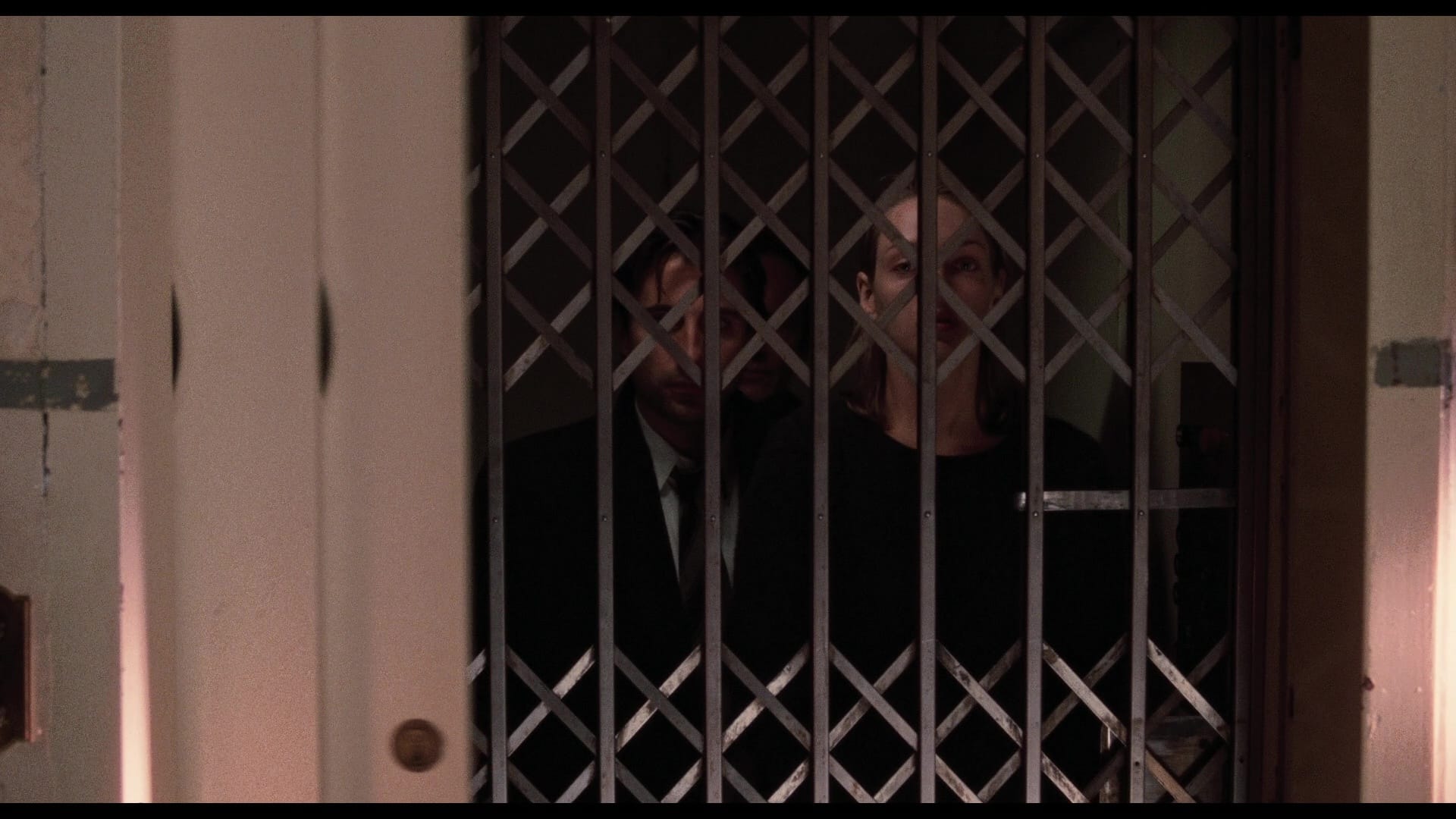
Kathy Baker has a key role as Freddy’s wife, and John Malkovich shows up in the second half of the picture as an outside investigator convinced Berlin is actually the murderer, and fully prepared to push him into a breakdown if that’s what it takes to get a confession. It’s a great cast, and Robinson knows exactly how to use each player, encouraging them to play a person rather than a type. The result is a confident, character-driven picture that follows the rules of genre even as it pushes against them.
Released in December of 1992, it was, shall we say, not the hit it should have been. Critical response was mixed, audiences were more interested in discovering the secret of The Crying Game, and that was that. Even Thurman’s star exploding with Pulp Fiction two years later didn’t lead people back to the picture. Jennifer Eight just sort of faded away.

For a long time, it felt like I was the only person who loved this movie. I’d seen it on the press junket, about a month before it opened, and felt it fall flat in a packed house in Westwood. It wasn’t speedy enough, it wasn’t sexy enough, it wasn’t what they wanted – but I loved it for what it was. It’s a studio version of an art-house thriller, beautifully shot in wintry Vancouver locations by Conrad Hall and played out by Robinson in a muted, mournful key.
It’s not the pulse-pounding, dread-soaked procedural that The Silence of the Lambs was, and it’s not the nesting doll of character detail that The Crying Game was. It is very much the thing you’d get if you hired the guy who made Withnail and I and How to Get Ahead in Advertising, though.
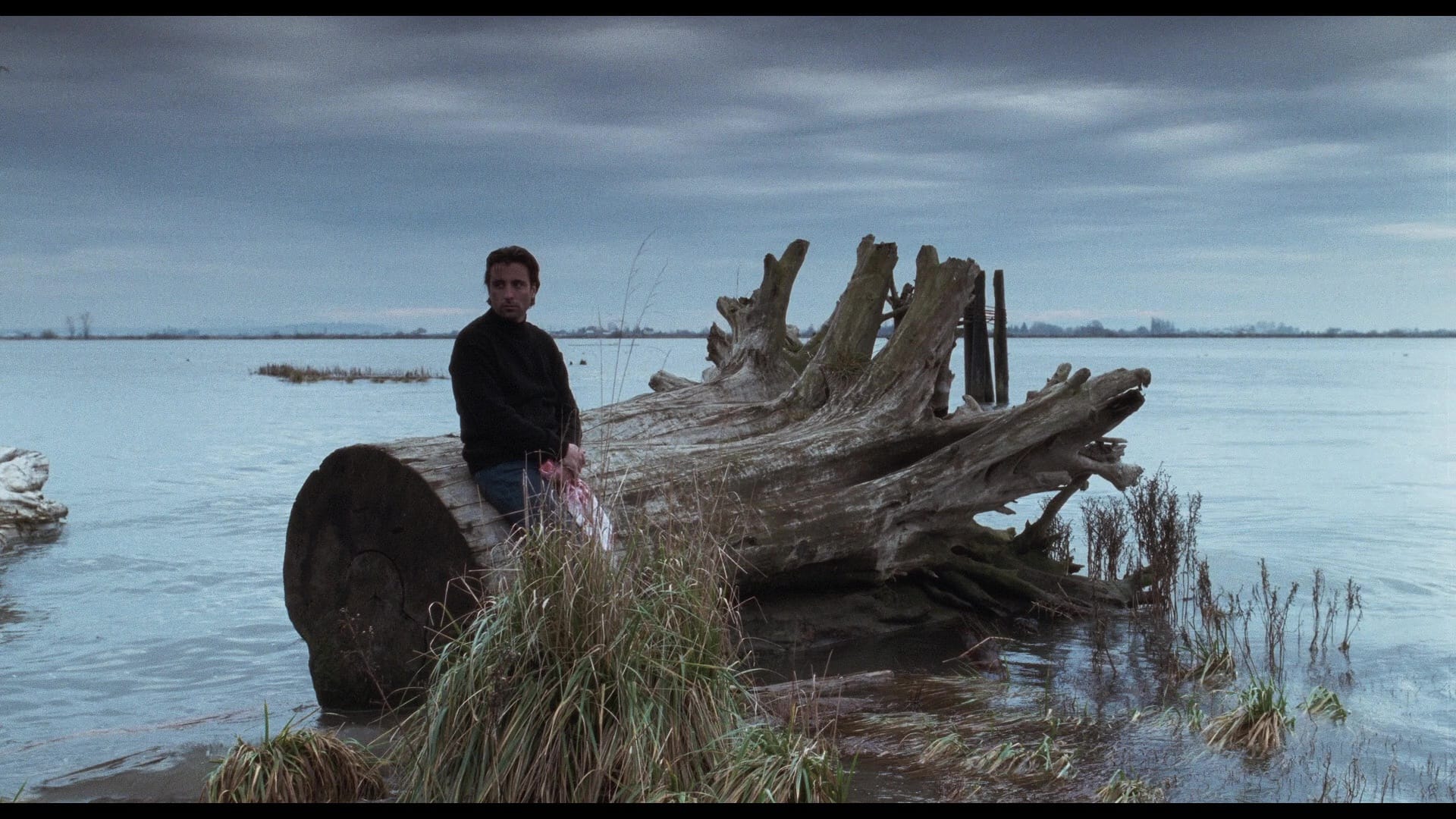
By the time of the junket, Robinson knew his movie wasn’t what Paramount wanted. He was downright gloomy in our interview, talking about all the changes the studio had imposed on him – apparently there had been a whole thing about Malkovich’s character’s head cold “escalating into pneumonia” over the course of the picture’s third act, which honestly sounded like a lot of fun – and also they’d made him change the ending. Garcia, Thurman and Henriksen were all more circumspect about the situation, but they all supported Robinson and seemed genuinely proud of the movie they’d made together.
I’ve spent three decades wondering what Robinson’s original vision looked like, and I was delighted to hear that Shout! Studios’ new Blu-ray would include an alternate cut of the feature. Well, be careful what you wish for: The takeaway from this release is that now I know I’ll never see the movie Robinson was telling us about in 1992 ... because he never got to shoot it.
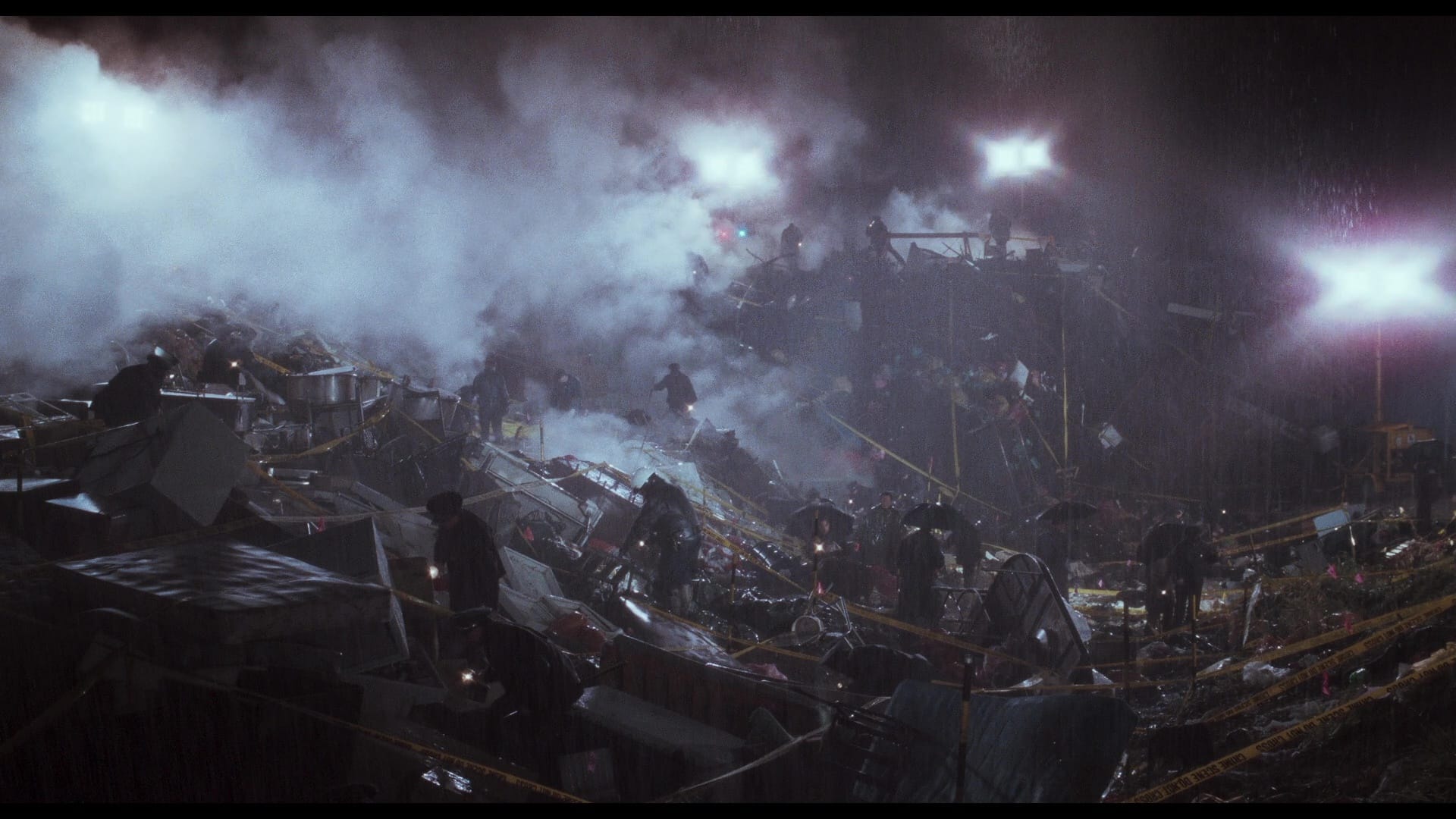
In the 45-minute retrospective documentary Is It Dark Yet? – the one new supplement produced for the disc, featuring frank interviews with Robinson, Garcia and Henriksen – we learn the script’s original ending was nixed late in production, as Paramount clawed back costs by dropping entire shooting days from the budget. That meant losing a coda that would have ended the film with a poetic tableau that conclusively resolved the central mystery, and retooling the climax to give Berlin’s story a proper resolution. And once they’d shot a reworked version, that got cut as well.
The theatrical ending still works, but it does feel a little rushed; the longer version of the climax is viewable both on its own and as the sole deviation of the alternate cut, with a suble drop in picture quality for the restored material. If Robinson added anything else, it was subtle enough that I didn’t catch it. Malkovich’s cold never gets that bad, at any rate.
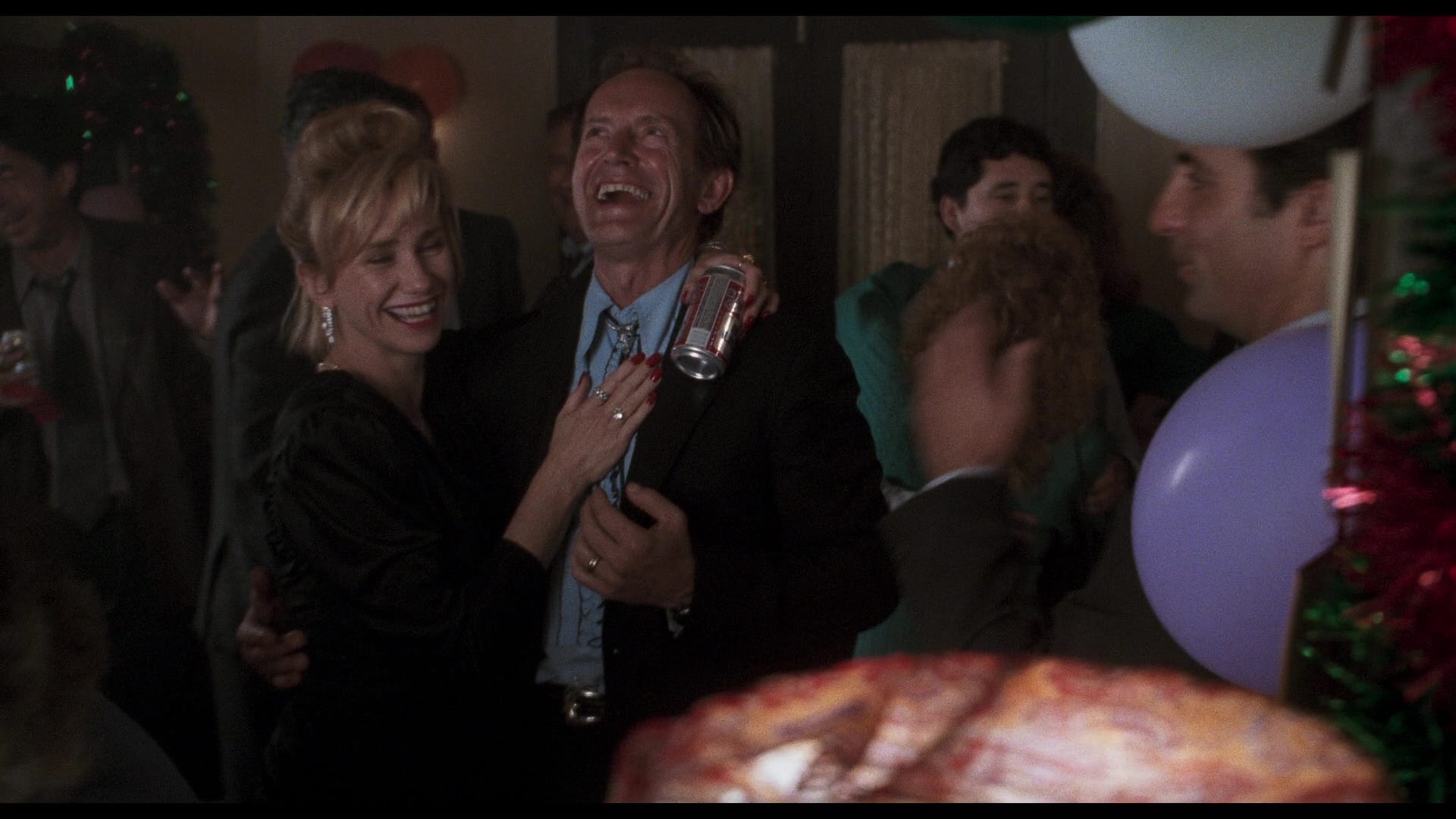
Elsewhere in the doc, Garcia and Henriksen discuss scenes that were trimmed or reshaped or abandoned entirely, even as they were enjoying the experience of making the film. Garcia tells a great story about Conrad Hall figuring out how to shoot a chase scene lit only by the actors’ police flashlights; Henriksen has an anecdote about how much freedom he had while shooting a scene on a sailboat – and then admits that yeah, it probably went on too long. Robinson blames himself for wanting to do something grounded within a genre that was already becoming increasingly outlandish, and admits he was so bitter about the film’s failure that he gave up directing for almost twenty years, only coming back to helm The Rum Diaries because his pal Johnny Depp asked him to.
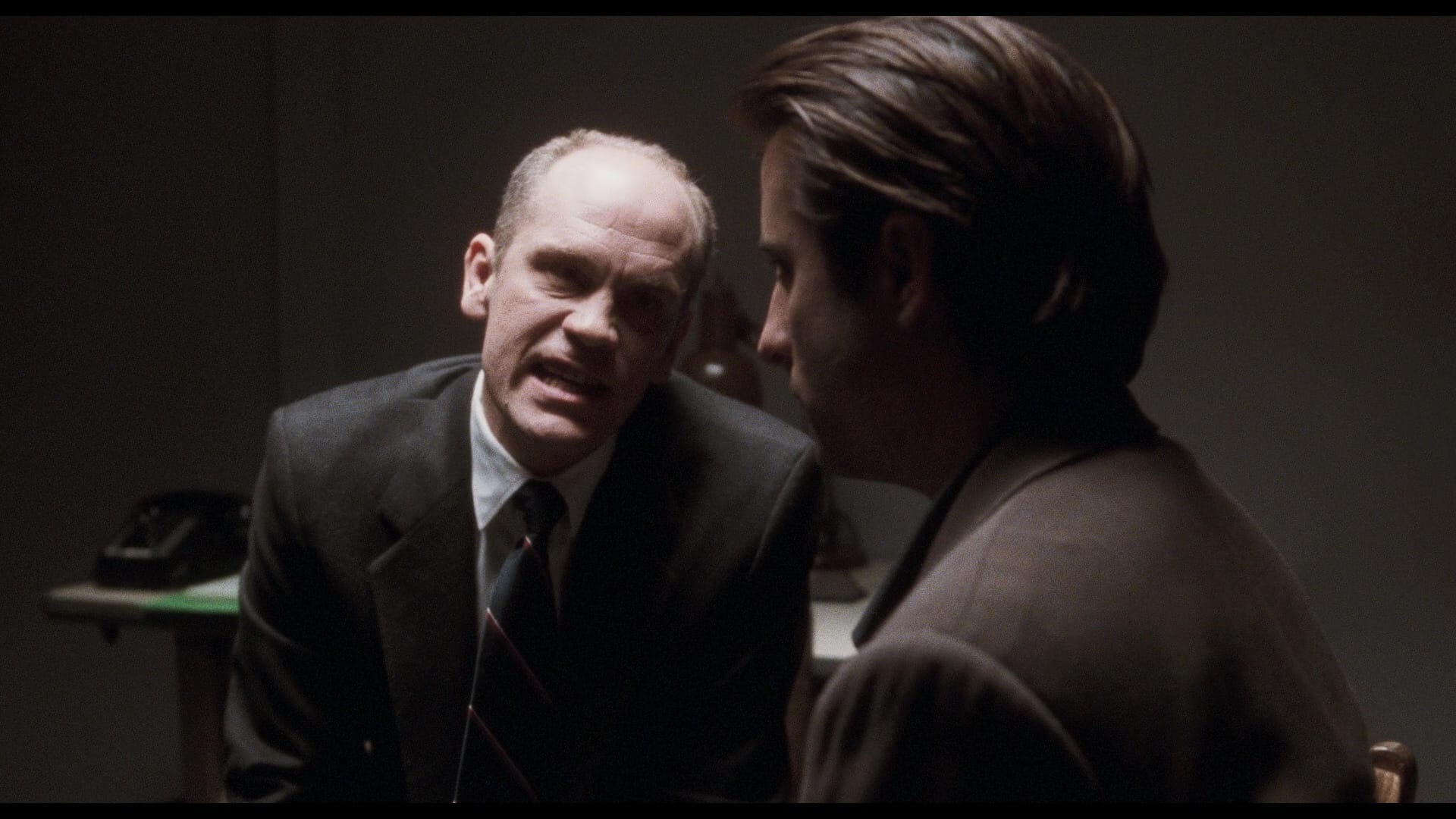
So, no, we can’t have nice things. But what we do finally have is a home presentation of Jennifer Eight that looks and sounds like it’s supposed to. Previous DVD and Blu-ray releases haven’t been able to capture the inky visuals, cluttering Hall’s deep shadows with video noise and even macroblocking, but this new transfer, mastered from a 4K restoration of the original camera negative, is sublime even at 1080p.
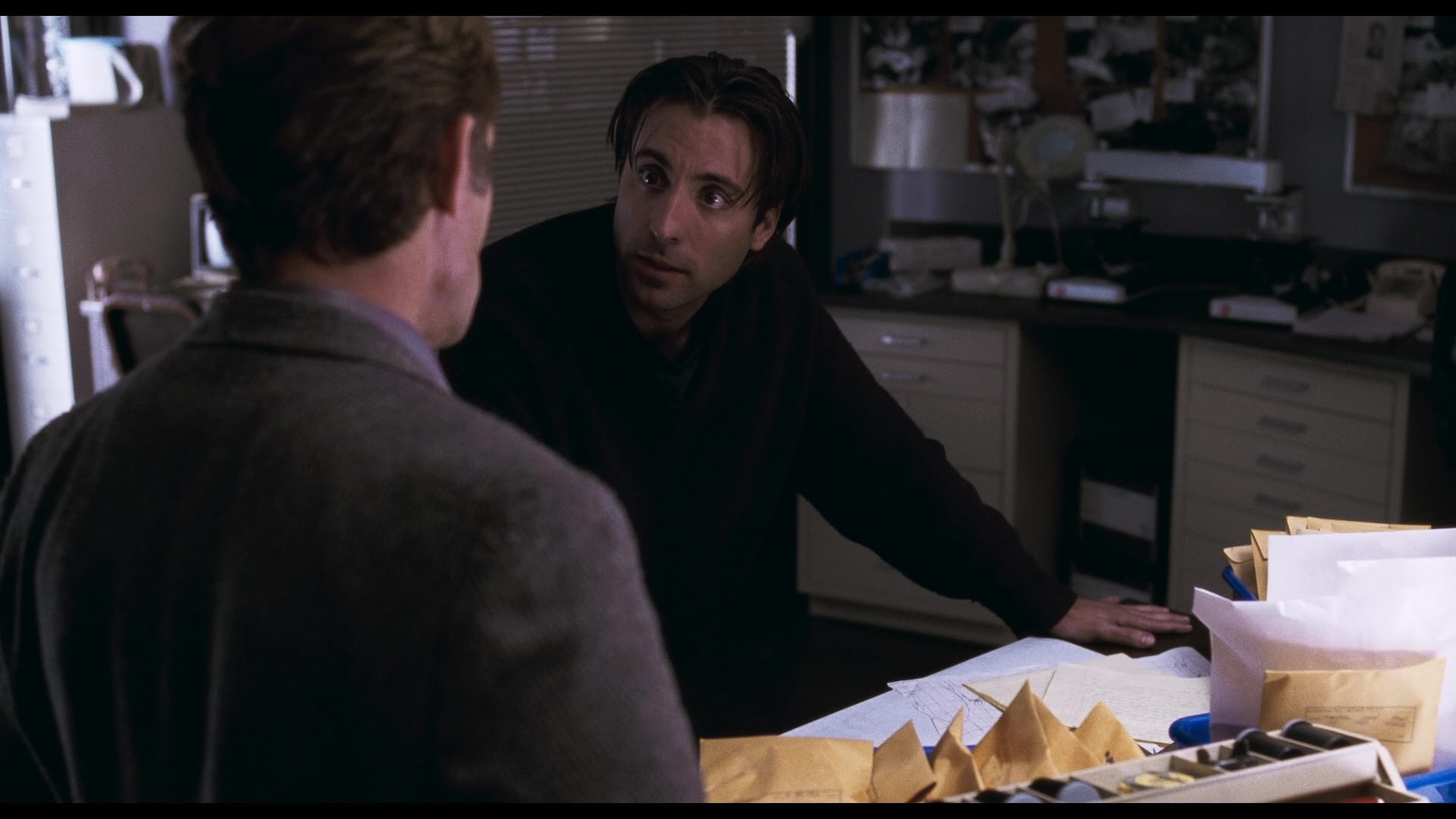
Hall understood that the film is about a character – Berlin, not Helena – struggling to clearly see what’s right in front of him, and crafted a visual analogue that places us right alongside the poor bastard. Back in the day, Jennifer Eight was murky in a way only 35mm film could be, and while the experience of watching it on Blu-ray is only a replication, it’s a hell of a good one. I’m hoping Shout! eventually releases a native 4K edition so I can see even more of the darkness.
Jennifer Eight is now available in a Blu-ray special edition from Shout! Studios. It’s a really good movie, you guys.
Coming next week: What’s Criterion been up to this month? Funny you should ask.
